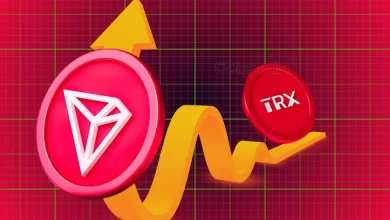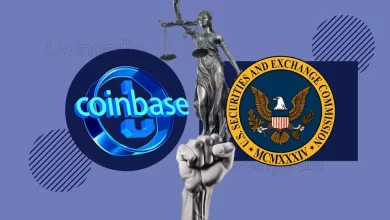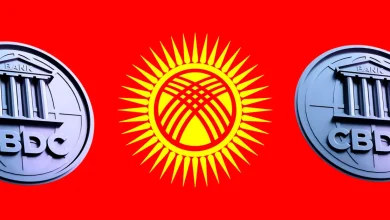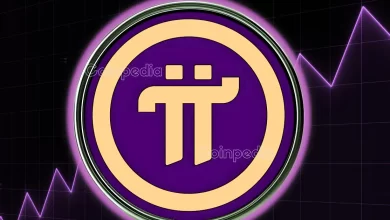U.S. court declares that XRP is not a security when sold through exchanges or programmatic sales.
Securities regulations eased for XRP and secondary platform trading.
Ruling weakens SEC's position, may attract institutional investors.
A recent research report by broker Bernstein has shed light on a groundbreaking judgment by a U.S. district court concerning Ripple’s XRP token. This ruling is being widely celebrated as a pivotal moment for the cryptocurrency industry, as it clarifies the status of XRP and provides a clearer regulatory framework for digital assets.
XRP Ruling Brings Relief
The court, in its ruling, determined that XRP should not be classified as a security when sold through exchanges or programmatic sales. This decision is seen as a major victory for XRP and its holders, particularly those who acquired the token through exchanges. It eliminates the lingering uncertainty surrounding XRP’s legal status.
While the court acknowledged that institutional sales of XRP violated securities laws, the overall significance of the ruling cannot be understated. It considerably reduces the impact of securities regulations on tokens sold on exchanges and offers substantial relief for tokens traded on secondary platforms.
A Rallying Cry for Clarity
Gautam Chhugani and the team of analysts at Bernstein, who authored the report, emphasize that this verdict highlights the urgent need for a distinct regulatory framework for digital assets. They argue that applying the traditional “Howey test,” which determines the classification of an investment as a security, directly to tokens on exchange platforms is inadequate. Instead, the context of each transaction should be taken into account.
The analysts at Bernstein assert that the court’s ruling weakens the U.S. Securities and Exchange Commission’s (SEC) position that digital assets fall under existing securities laws and do not require additional clarification. They firmly believe that the court’s interpretation and the subsequent requirement for context-based analysis in each case underscore the necessity for specific guidelines tailored to digital assets.
A Strong Step in the Right Direction
In light of this ruling, Bernstein considers it a significant milestone that alleviates the regulatory uncertainty that has plagued the crypto industry. The brokerage firm anticipates that institutional investors, who have been cautious about engaging with digital assets due to regulatory challenges, may now reconsider their stance. With greater clarity and a more defined regulatory landscape, institutional investors may be more inclined to enter the digital asset market.
This ruling sets a precedent for the industry and paves the way for further advancements in the legal and regulatory aspects of cryptocurrencies. As the cryptocurrency market continues to evolve, it is crucial for regulators and lawmakers to adapt and establish comprehensive guidelines that address the unique characteristics of digital assets.
The recent court ruling in the Ripple’s XRP case serves as a call to action for such regulations, enabling the cryptocurrency industry to thrive under a clearer and more stable regulatory environment.







